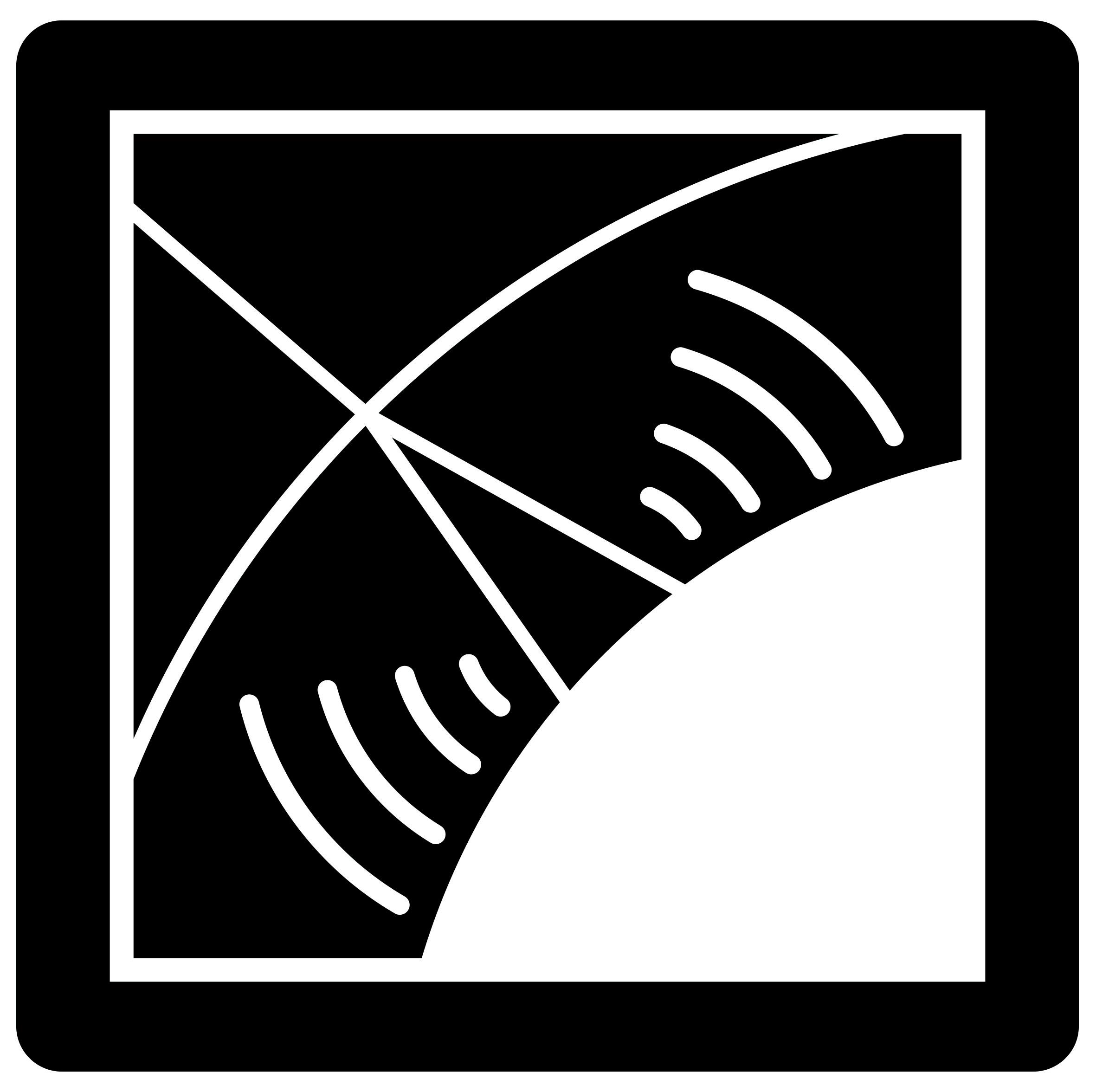The Autonomous Stations
A set of 57 self-triggering autonomous stations (SA) scattered over roughly 1 km2 is the main CODALEMA detection system. The stations feature dual horizontal polarization “Butterfly” antennas equipped with the LONAMOS low noise amplifier and optimized to measure transients over a wide frequency band (10-200 MHz) and over a large dynamic range.
Electronic boards have been developed to fulfill dedicated function (trigger,dating, digitization…) and installed in a double layer EMC compliant mechanical box. A multi-level triggering system has been developed to select narrow transients specific to air shower induced electric field and to reject signals produced by anthropic noise sources.
A simple first trigger level compares band filtered analog signals to a programmable voltage level and is used to initiate on-board dating and digitization of the events. Further noise rejection is achieved using a second trigger level involving more sophisticated quantities such as the signal rise time. Finally, accepted events are sent by the stations to a central acquisition system which aggregates events in time coincidences, reconstructs arrival directions, excludes coincidences pointing to identified sources and finally requests the full information for the accepted event from the local stations.

